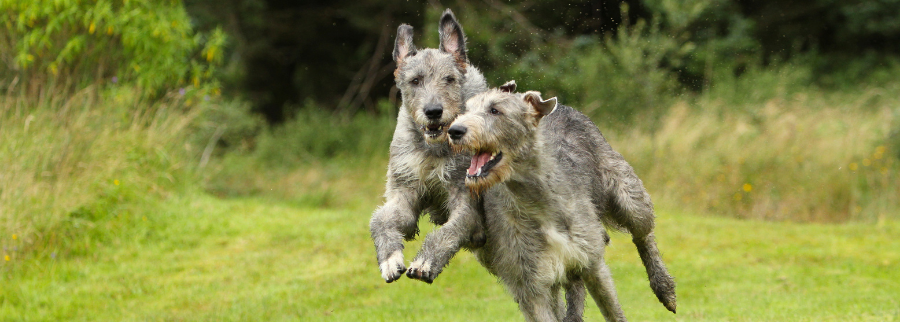

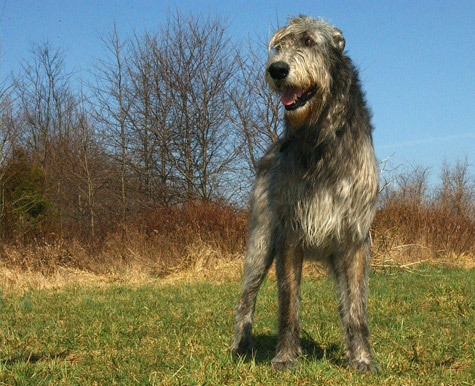
Irish Wolfhound
 Overview
Overview
The Irish Wolfhound is a gentle giant. But their past might surprise you! They were actually originally bred to hunt wolves and elk, but this breed became less popular as wolves disappeared from Ireland. Despite their impressive size as the tallest dog breed, they only have lifespans of around six to eight years. And due to their large, lean frames, Irish Wolfhounds will need plenty of soft, supportive resting spots; Hard surfaces can lead to pressure sores or calluses over time. Don’t be surprised if your furniture becomes their favorite place to lounge!
Common Health Conditions & Recommendations for
Hip dysplasia:
Hip dysplasia is an inherited disease that causes the hip joints to form improperly. It can lead to arthritis as well.
Recommendations for Hip dysplasia in :
Common Health Conditions & Recommendations for
Dilated Cardiomyopathy:
Irish Wolfhounds are particularly susceptible to a serious cardiac condition known as dilated cardiomyopathy (DCM). This disease causes the heart muscle to become enlarged and weakened, hindering efficient blood flow.
Recommendations for Dilated Cardiomyopathy in :
Common Health Conditions & Recommendations for
Portosystemic shunt:
Irish Wolfhounds are more prone to a liver condition called a portosystemic shunt (PSS). This means that some of the blood meant to flow through the liver is rerouted around it, which can prevent the liver from developing properly and doing its job of filtering toxins.
Recommendations for Portosystemic shunt in :
 Personality
Personality
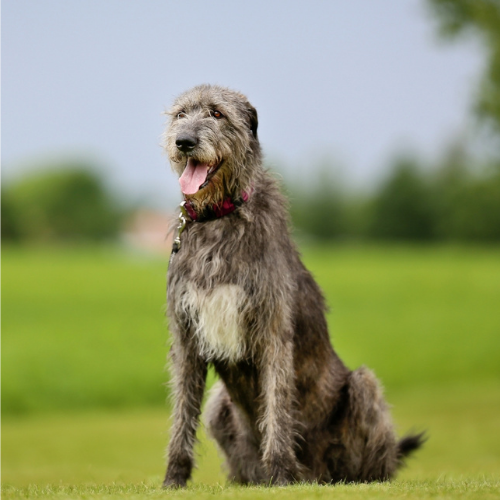
Even though they are giant, the Irish Wolfhound is known for being a calm sweetie. They’ll form deep bonds with their families - and may even try to get on your lap despite their size! But not all are super cuddly, with some preferring to be close by rather than on you. They are patient with children, polite with strangers, and can get along well with pet siblings as well.
While they look intimidating, don’t think of Irish Wolfhounds as watchdogs. They are more likely to greet guests with a tail wag than a bark! Indoors they are laid-back, but this breed really appreciates the chance to stretch those long legs when outdoors. More than anything, they want to be near their people. So be sure to take them on a walk or include them during family time!
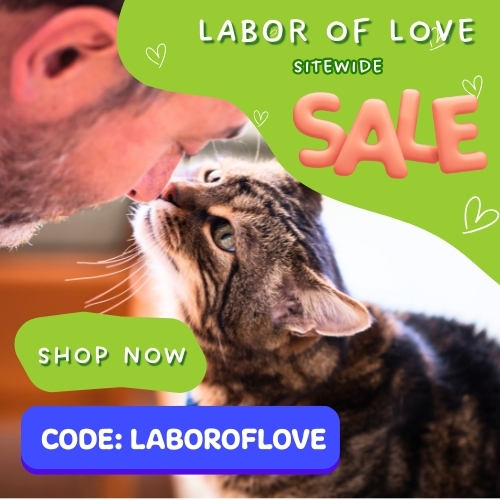
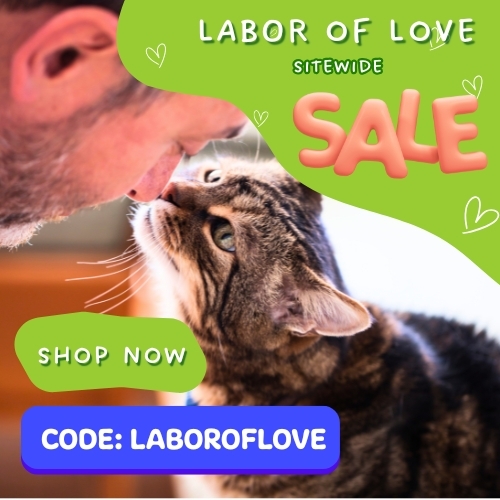
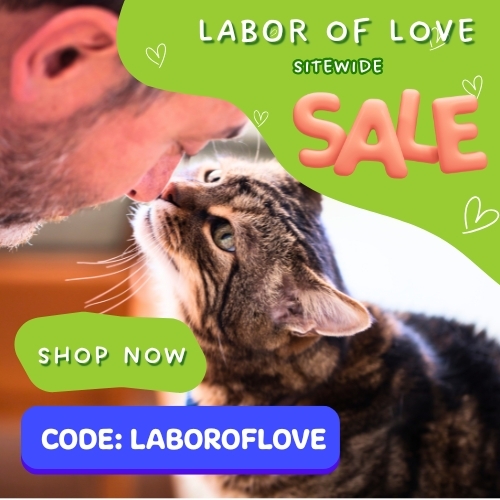
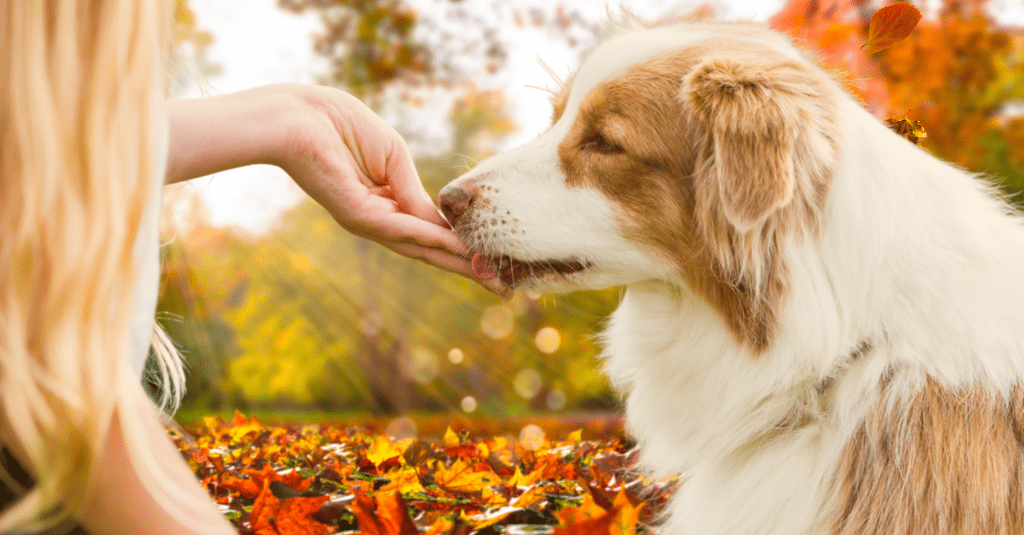

 USD
USD
 Canadian Dollars
Canadian Dollars


